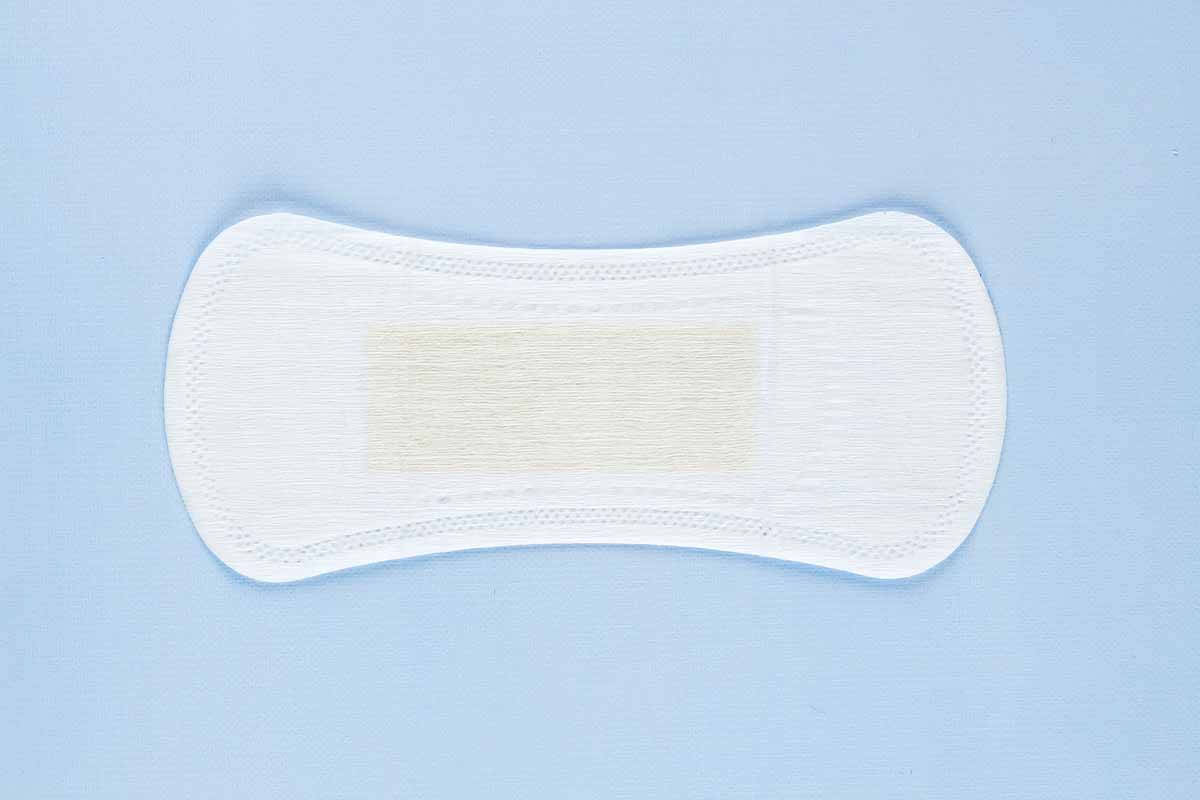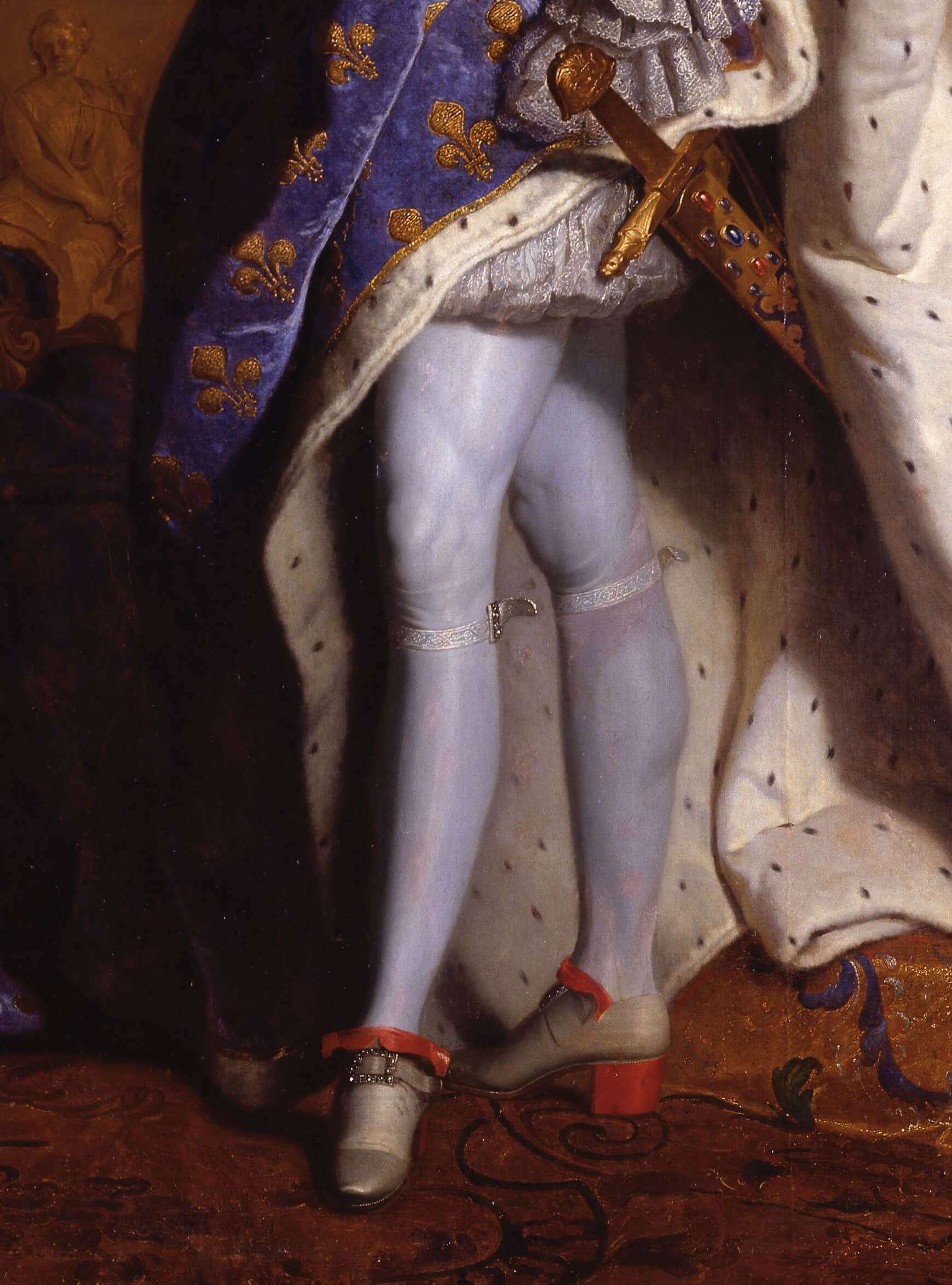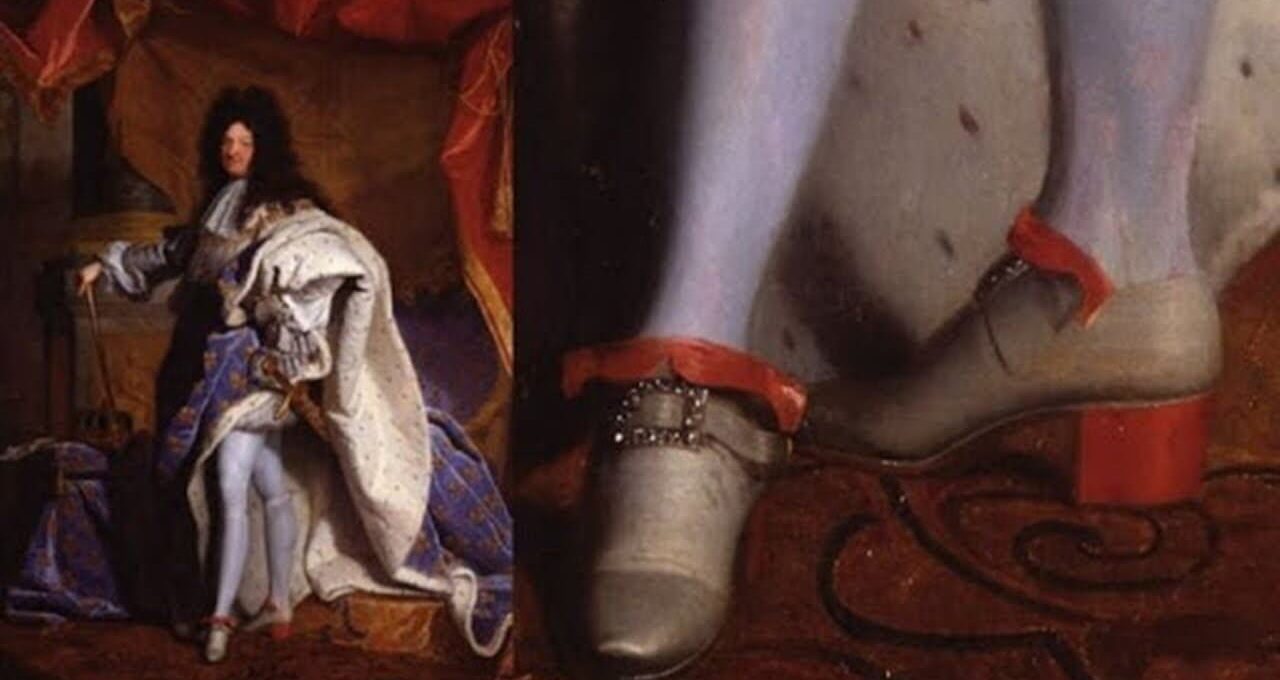Gender associations can change, not overnight, but quickly. And we'll prove it with a history of things that are now feminine but were originally intended for men.
7. Disposable sanitary pads

During World War I, French nurses used a cotton-like material called cellucotton to bandage soldiers' wounds. It absorbed five times more water than regular cotton and cost half as much.
Nurses also discovered that cellucotton absorbs menstrual flow well.
In 1920, the American corporation Kimberly-Clark Corporation launched cellulose cotton under a new name - "Kotex". This brand became a pioneer in the production of disposable menstrual pads.
6. High heels

High heels make your gait more graceful, visually increase your height and have long been used in the women's fashion industry. But they were not created for beautiful ladies, but for men.
- In ancient Greece, actors wore heels to be more visible from the stage, and also to tower over other actors in the performance (if they were playing the role of a god or hero).
- According to some sources, ancient Egyptian butchers wore heels to avoid getting dirty with animal blood. And Egyptian farmers wore shoes with heels to make it easier to walk on arable land.
- In the ninth century CE, Persian soldiers used high heels to maintain balance and keep their feet securely in stirrups.
- In the 17th century, European men began wearing heels for the same reason as the Persians – to better hold on to their horses. Heels also spoke volumes about the status of their owner – he could afford a horse.
But when men started to give up high heels is unknown. Presumably, it began in the 18th century, when women everywhere adopted the fashion for heels.
5. Stockings

Another item of clothing that has "changed gender" over time. Since the 9th century, stockings - tight-fitting clothing that covers the feet and part of the legs - have been made for men.
Initially, stockings were worn by members of the nobility, and then the fashion for wearing them gradually "descended" the social ladder. French women began to wear lace stockings only in the 18th century, imitating the favorite of Louis XIV, the Marquise de Pompadour. Moreover, men's stockings were put on display, but women's were hidden under numerous skirts.
By the 19th century, stockings had become associated exclusively with women's fashion, so men stopped wearing them.
4. Crop top

The creation of crop tops in their modern sense began in the 1940s. Manufacturers sought not to emphasize female beauty, but to save more fabric, and this clothing was invented exclusively by men for men.
In the early 70s, crop tops were "adopted" by bodybuilders. This wardrobe detail allowed them to train shirtless and highlight their sculpted muscles. American football players also loved this clothing, because the short edges of crop tops prevented opponents from grabbing the clothes and disrupting the attack.
Later, women adopted the top as a summer trend and began wearing it with jeans and high-waisted skirts.
3. Everything is pink

Parents of a newborn are usually given countless blue or pink things depending on the gender of the baby. But, oddly enough, there was a time when blue was a “feminine” color and pink was a “masculine” color.
One popular theory behind this division of colors is that blue was associated with the Virgin Mary, while pink is a desaturated red that was considered a strong, truly masculine color.
After World War II, pink was suddenly promoted by fashion brands and retailers as the ideal color for women, while blue became associated with masculinity. Women's liberation movements also contributed by dressing their daughters in pink, as a protest against the influence of color on behavior.
Over time, the rule “pink is for girls, blue is for boys” spread from clothing to toys, cribs, strollers and many other things intended for children.
2. Bags

A handbag is a must-have item of clothing for any modern woman. Were they really created exclusively for men? Yes, bags have historically been men's accessories, used to carry money and personal items.
Judas Iscariot, for example, wore a donation box on his chest. And looking at ancient Egyptian hieroglyphs, you can see people and deities holding purses. The ancient Assyrians and Babylonians also used purses to store money and valuables.
In the Middle Ages, women also began to wear purses, hiding them in the folds of their fluffy skirts. Later, bags in the form of beautifully decorated pouches began to be worn on the belt, and there was no division into male and female accessories.
In 1790, the first handbag that could be carried in the hand by a string appeared in Paris.
1. Thong

Few men would dare to appear on a regular beach in a thong. But once upon a time this piece of underwear was intended specifically for the stronger sex.
Wearing garments that resembled panties but left the buttocks exposed was practiced in Ancient Egypt, as well as the Minoan and Mycenaean cultures (think Ancient Greece and Crete) around 1570 BC. These garments were very similar to what we know today as "loincloths."
Japanese sumo wrestlers began wearing mawashi, a thong-like loincloth, as early as 250 CE. This tradition has survived to this day.
Thongs later went out of fashion and only reappeared in the 1800s. This time, they looked like a bandage that men used to protect their genitals during sports.
And the appearance of mini-panties thongs acquired in the late 30s of the last century. During the World's Fair of 1939, the mayor of New York ordered dancers to cover their intimate parts. So they began to use underwear that both hid the pubic area and left enough bare skin to please the public's eyes.














Оставить Комментарий